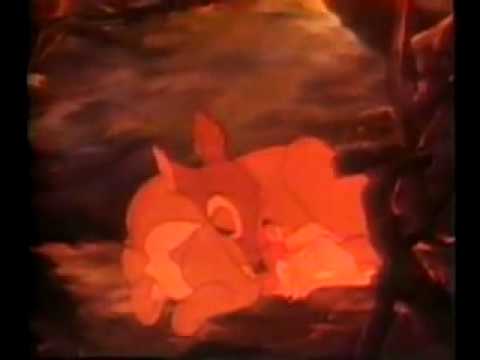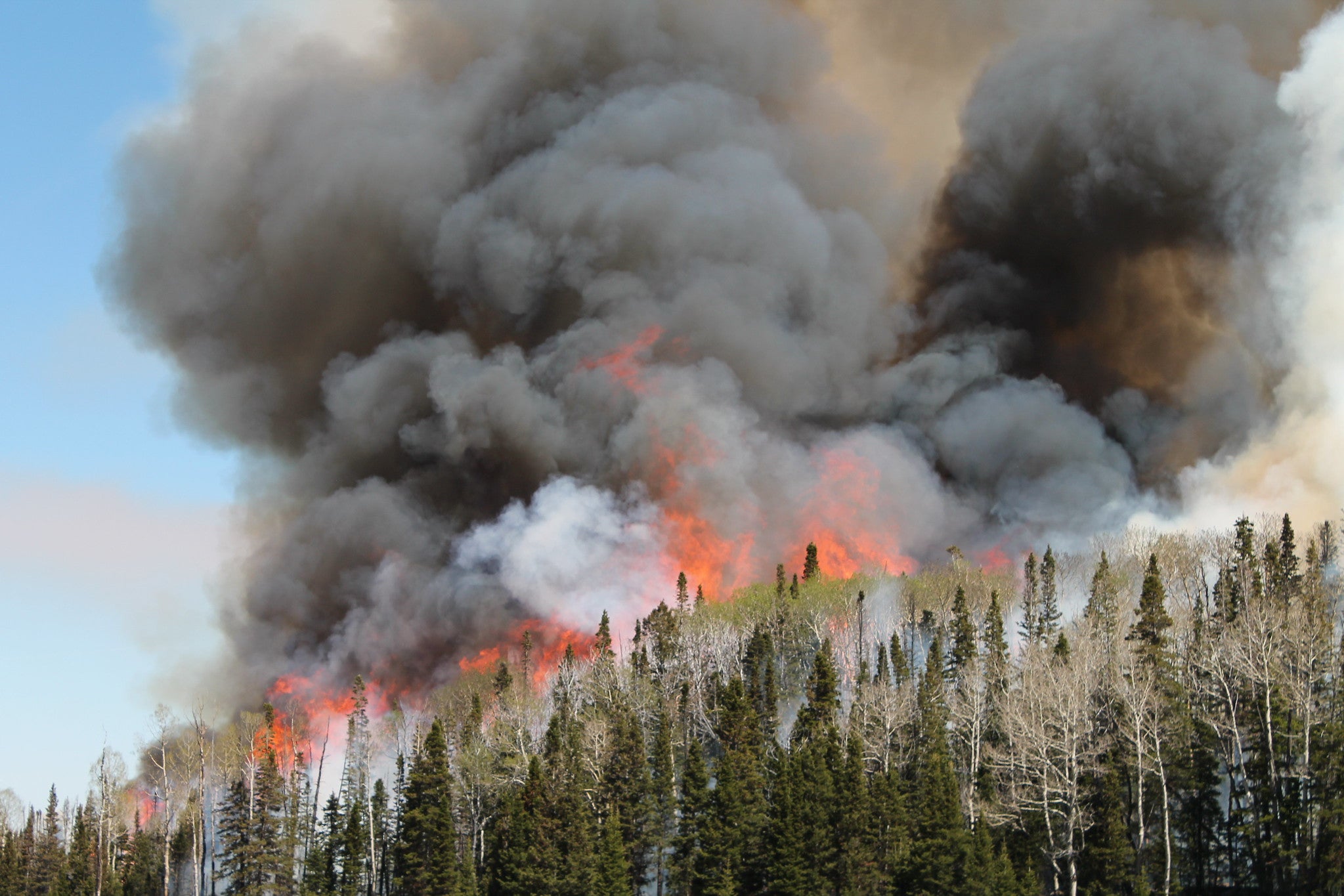Only you can prevent wildfires. It’s a phrase nearly everyone who grew up in the U.S. is familiar with, uttered by a friendly shirtless bruin in blue jeans and a ranger hat: Smokey Bear, who celebrates his 80th birthday this year.
It’s the longest-running PSA campaign in U.S. history, but even after 80 years, “Smokey’s focused prevention message always remains incredibly relevant and important,” says Tracy Danicich, vice president and campaign director at Ad Council. That’s the national nonprofit—in partnership with the USDA Forest Service and National Association of State Foresters (NASF)—that helped bring Smokey to life in the 1940s to educate and raise awareness about wildfire prevention.

Here are a few often overlooked ways to be fire safe and help prevent human-caused forest fires this season. Do Smokey proud this year.
Wildfire facts
While wildfires can be devastating, it’s important to understand that some fire is beneficial for many landscapes. In fact, many areas around the country implement prescribed burns in parks or natural areas to maintain the health of native plant species, promote biological diversity, and curb the disastrous effects of uncontrolled and unplanned wildfires. Prescribed burns also help eliminate excess downed wood and leaf litter, which not only make for excellent fuel for wildfires, but can make it difficult for healthy forests to flourish.

When these prescribed burns aren’t implemented, if a wildfire does start, often catastrophic loss of entire swaths of forest, homes, and lives can be suffered, and woodland can take decades to recover.
In the U.S. in 2023, there were 3,036 individual homes destroyed by wildfire, an annual average of 7.7 million acres burned over the last 5 years, of which 8 out of 10 were caused by humans. And while year-to-year numbers may fluctuate, climate change leads to longer, drier weather patterns, which in turn open the door for longer and more severe wildfire seasons and more fire-prone wilderness areas.
Fortunately, agencies like the forest service and state foresters are getting better about predicting when and where fires will start that are caused by natural events like lightning, but human-caused occurrences are impossible to predict. What’s more, “It’s surprising how quickly and unintentionally they can happen,” says Kacey KC, Nevada state forester, NASF fire committee vice chair and former NASF president. Fortunately, many are preventable with an extra dose of caution.
Wildfires are often the result of improperly managed campfires. So when starting a blaze at the campground to roast marshmallows for s’mores, do so carefully. And if there’s a burn ban in effect, follow posted rules and do without.
If you are allowed to build a fire, clear an area at least 10-feet in diameter around the fire pit of excess debris like leaf litter, twigs, and wood. Have enough water on hand to fully drown the fire and any stray embers, then ensure there are no low-hanging branches that could catch. Store flammable items away from open flame, and keep your blaze to no more than a few feet high.
After it’s lit, never leave a fire unattended. And when you’re ready to turn in for the night or are heading away from the campsite for the day, Leave No Trace principles dictate that you should thoroughly extinguish the fire so that the coals are soupy and cool to the touch. “If it’s too hot to touch, it’s too hot to leave,” Danicich says, repeating Smokey’s sage advice. KC agrees: “Even the tiniest ember can start a fire.”
If you don’t have enough water, bury what’s left of the embers under a thick layer of dirt. Neglecting to do so could result in one warm coal easily reigniting and starting the fire back up or sending up rogue embers, which can travel up to five miles if caught by the wind.
Be careful when you burn backyard debris
If you live in a place that permits the backyard burning of yard waste and natural debris like leaves and vegetation, check to see if you need a permit before doing so. If you’re allowed, proceed with your burn on a non-windy day, preferably not long after a rain when the landscape won’t be dried to a crisp, making it more likely to ignite with your burn pile. Select a spot—ideally on a durable surface like gravel—far from power lines, tree limbs, vehicles and other equipment where there’s at least three times the clearance of the pile on all sides, including above.
Then clear the immediate area of other flammable debris and loose vegetation and have plenty of water or a garden hose within reach. Water, in conjunction with a shovel for burying the remaining coals and ashes later, helps ensure no embers will reignite the fire. As with campfires, don’t leave your debris pile unattended while it’s burning.
Grill smart
One lesser known wildfire cause: improper disposal of hot coals. If you’re grilling with charcoal briquets, when the cookout is over, don’t throw them in the garbage can right away. Drown the briquets in enough water to fully cover them, then let them soak for several minutes to ensure they’re completely cool before you dispose of them.
Similarly, if placing hot ash or coals from your living room fireplace outside, wait to do so until they’re completely cool to the touch.
Be careful where you put your butt
Smokers should be cautious when smoking outdoors or disposing of smoked cigarettes, tobacco, and joints. Use an ashtray or bare dirt, not dry grass or logs, to put out smoking butts and never toss a lit cigarette into the grass or out a car window. Even the act of smoking while hiking or camping can result in an errant ember catching the wind, landing on dry debris, and igniting.
Use caution with equipment and maintenance
There are plenty of ways heavy equipment, machinery, and maintenance tools can cause wildfires. Sparks can easily fly from dragging tow chains, hot exhaust pipes can catch dry grass on fire, and lawn mower blades that hit rocks can do the same.
So make sure nothing metal is dragging from your car while driving; avoid mowing when it’s excessively hot, dry, and windy; and if using grinding or welding equipment or other tools that send sparks flying, it’s a good idea—and sometimes required—to have at least 10 feet of clearance between you and anything flammable. Also avoid parking a vehicle with a hot exhaust pipe on dry grass or foliage.
Take it to an indoor range
According to KC, target shooting was one of the biggest causes of accidental fires in 2023. They’re often caused when bullets hit metal or ricochet and cause sparks near dry foliage. So when it’s dry, take it to an indoor range instead.
However you’re enjoying the outdoors as fire season approaches, recreate responsibly, and do your part to prevent forest fires. Call it a birthday present for Smokey.






